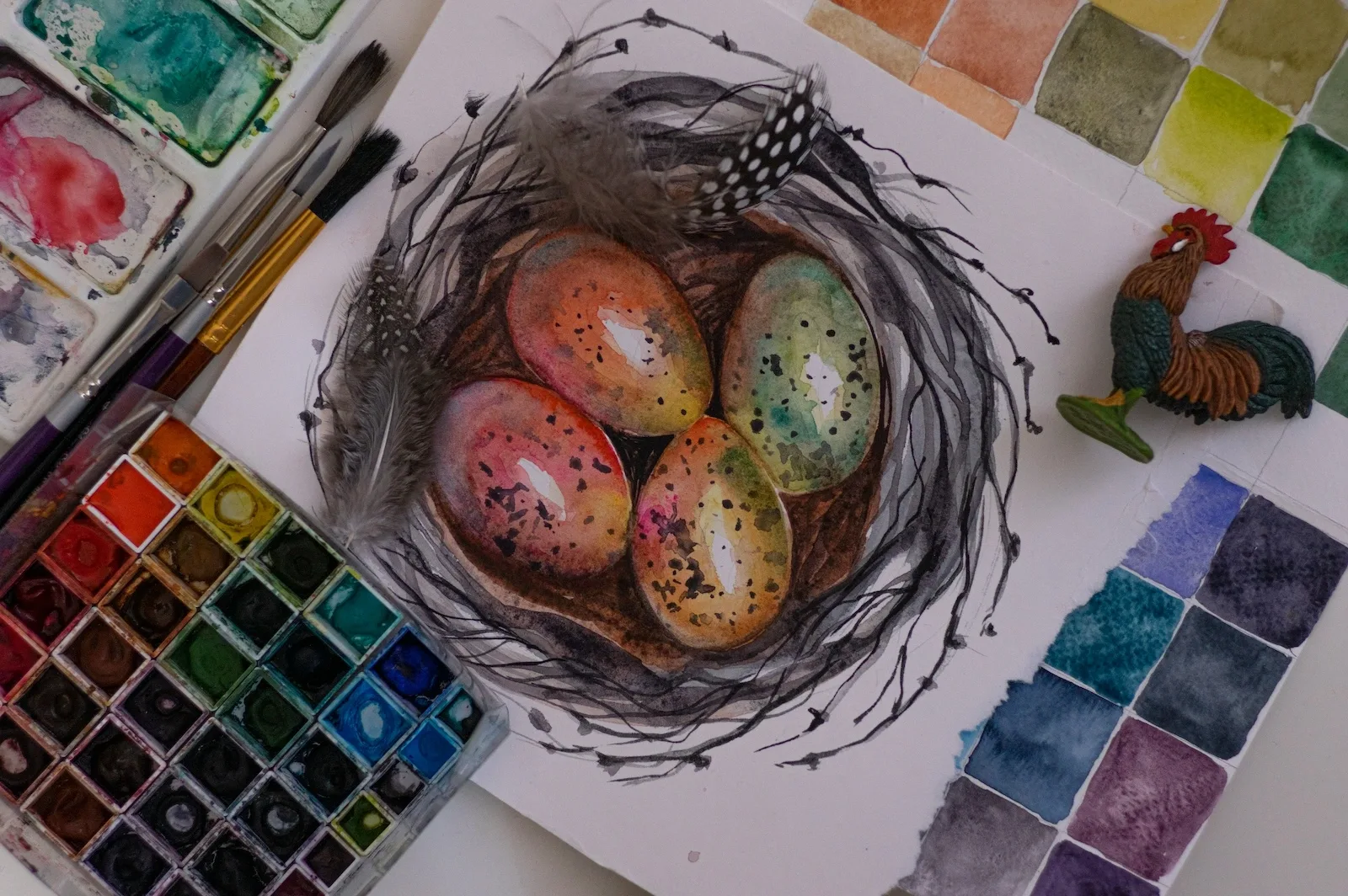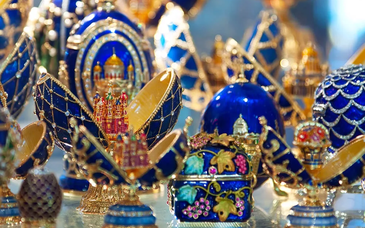Easter is one of the most critical Christian vacations, commemorating the resurrection of Jesus Christ from the lifeless, as recorded within the New Testament. Celebrated international, it is a time of joy, reflection, and non secular renewal. The excursion additionally embraces numerous cultural traditions, which includes Easter egg hunts and festive feasts, making it a extensively loved occasion. Whether via non secular observances or inventive representations, Easter continues to encourage believers and artists alike. Beautiful Easter watercolor illustrations and Free watercolor images are a perfect way to seize the essence of this meaningful vacation.
The Biblical Origins of Easter
The foundation of Easter lies in the New Testament bills of Jesus Christ's crucifixion and resurrection. According to the Gospels, Jesus was arrested, tried, and sentenced to loss of life by crucifixion underneath the Roman governor Pontius Pilate.
The Crucifixion and Resurrection
Jesus changed into crucified on Good Friday, struggling an agonizing death at the move. His very last phrases, as recorded in Luke 23:46, have been:
"Father, into Your hands I commit My spirit."
Following His death, Jesus changed into buried in a tomb, which became sealed and protected by Roman soldiers. However, on the third day—now celebrated as Easter Sunday—Jesus rose from the useless, as described in Matthew 28:5-6:
"The angel said to the women, ‘Do not be afraid, for I know that you seek Jesus who was crucified. He is not here; for He has risen, as He said.’"
The resurrection of Jesus is the cornerstone of Christian faith, symbolizing victory over sin and dying, and offering believers the desire of everlasting lifestyles.
Easter and Passover
Easter is closely related to the Jewish competition of Passover, which commemorates the Israelites’ liberation from slavery in Egypt. Jesus’ Last Supper, celebrated on Maundy Thursday, became a Passover meal, reinforcing the relationship between the 2 observances. The concept of Jesus as the Lamb of God (John 1:29) aligns with the Passover way of life of sacrificing a lamb for atonement.
How Easter Became a Christian Tradition
Establishing the Date of Easter
Unlike Christmas, which is well known on a hard and fast date (December 25), Easter follows a movable date primarily based on the lunar calendar. In 325 AD, the Council of Nicaea determined that Easter might be determined on the first Sunday following the first full moon after the spring equinox. As a result, Easter can fall between March 22 and April 25.
Western Christian churches (Catholic and Protestant) comply with the Gregorian calendar, while Eastern Orthodox church buildings use the Julian calendar, main to occasional variations inside the date of party.
Symbolism in Easter Traditions
Over time, Easter has included diverse symbols, many of which predate Christianity:
- The Cross – Represents Jesus’ sacrifice and resurrection.
- The Empty Tomb – Symbolizes Jesus' overcome demise.
- The Lamb – Signifies Jesus as the sacrificial "Lamb of God" (John 1:36).
- Easter Lilies – Represent purity, new lifestyles, and the resurrection.
- Eggs & Rabbits – Ancient symbols of fertility and renewal, later adopted into Easter traditions.
Easter Celebrations Around the World
Western Christian Traditions
- United States & Canada – Easter Sunday is marked by dawn church services, own family meals, and Easter egg hunts. The Easter Bunny, a folklore parent, is believed to convey eggs and treats to children.
- United Kingdom – People experience hot cross buns, attend church services, and participate in egg rolling competitions.
- Germany – The subculture of redecorating eggs originated in Germany, along side Osterhase, the Easter hare.
Eastern Orthodox Traditions
- Midnight Liturgies – Worshippers accumulate on Holy Saturday night time, holding candles. At nighttime, the priest pronounces: "Christ is risen!" to which the congregation responds, "Truly, He is risen!"
- Dyeing Red Eggs – Symbolizing the blood of Christ and resurrection.
- Easter Feasts – Families smash their Lenten fast with a meal offering lamb, kulich (sweet bread), and paskha (cheese dessert).
Latin America & Spain
- Semana Santa (Holy Week) – Elaborate religious processions with statues of Jesus and the Virgin Mary take region.
- Passion Plays – Reenactments of the crucifixion and resurrection are commonplace.
Easter within the Middle East
Despite the challenges confronted by Christian communities within the Middle East, Easter remains a considerable non secular party. Pilgrims gather in Jerusalem to go to the Church of the Holy Sepulchre, believed to be the web page of Jesus' resurrection.
Modern Easter Traditions
Religious Observances
Churches preserve unique Easter Sunday services, frequently providing tune, prayers, and completely satisfied proclamations of the resurrection. Many Christians study 1 Corinthians 15:17 as a reminder of the importance of Easter:
"And if Christ has not been raised, your faith is futile; you are still in your sins."
Easter Eggs and the Easter Bunny
The lifestyle of Easter eggs has both pagan and Christian origins. In Christianity, eggs characterize the empty tomb of Jesus. The Easter Bunny, a German lifestyle, changed into added to America in the 1700s with the aid of German immigrants.
Traditional Easter Foods
- Lamb – Represents Christ because the sacrificial Lamb of God.
- Hot Cross Buns – Sweet spiced buns with a cross, traditionally eaten on Good Friday.
- Paska & Kulich – Eastern European Easter breads, frequently decorated with Christian symbols.
- Chocolate Eggs & Candy – A cutting-edge addition enjoyed international.
Easter is a faith, renewal, and celebration, marking the maximum essential occasion in Christian history—the resurrection of Jesus Christ. Whether through non secular observances, festive gatherings, or artistic expressions, Easter continues to carry human beings together in desire and pleasure.
Happy Easter!


